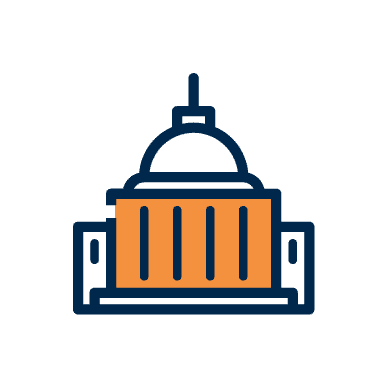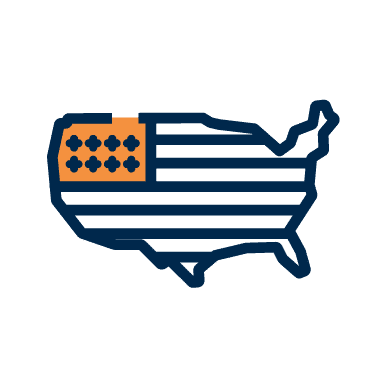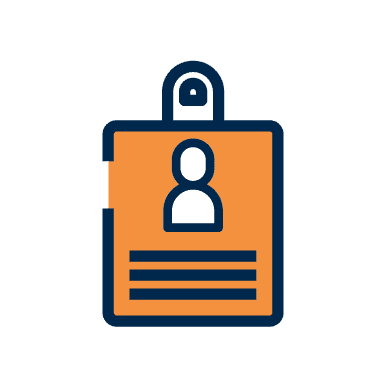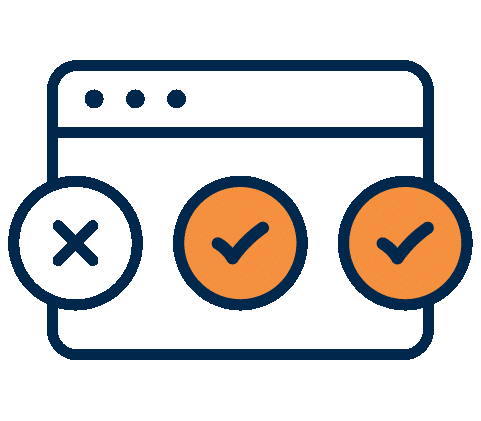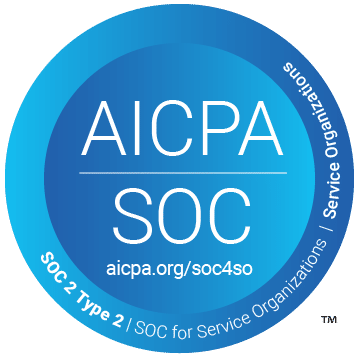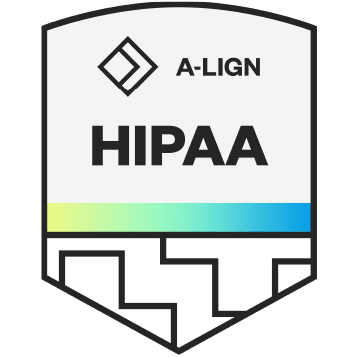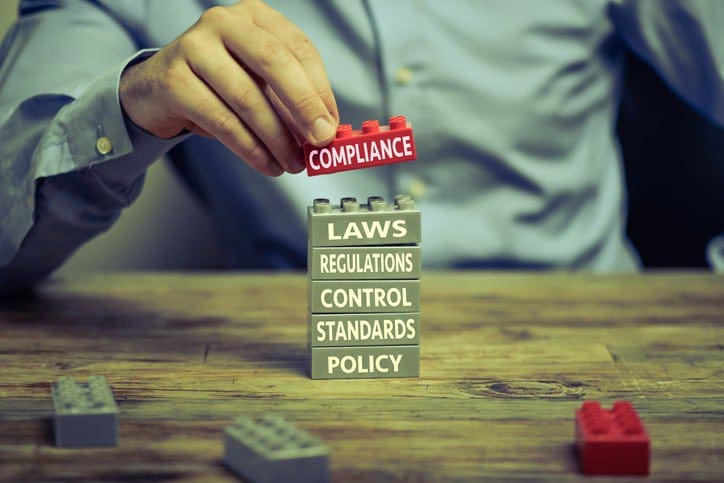
Sanctions against medical personnel can create significant risk to a healthcare organization from financial, compliance and patient safety perspectives. Therefore, it is critical that organizations such as provider groups, health plans and health care facilities fully understand the ramifications of employing or contracting with a sanctioned individual or entity or one which is excluded from participation in a federally-funded health care programs. This article will address the importance of conducting sanction screening against federal and state exclusion lists to avoid the pitfalls and penalties that can result from failing to actively monitor these resources.
THE DIFFERENCE BETWEEN SANCTIONS AND EXCLUSIONS
In the health care parlance, the terms “sanction” and “exclusion” are often used interchangeably. Federal regulators contribute to this confusion because they routinely refer to exclusions as sanctions. However, it is important to understand the difference.
To be clear, a Healthcare Sanction Check (also known as a medical sanction check) is the result of a disciplinary action taken by a state administrative body after determining that an individual or entity has violated an administrative rule, civil law, or has committed a criminal offense. The consequences for sanctions vary depending on the severity of the incident. Sanctions against health care staff are imposed for many reasons, including
- Patient abuse/neglect
- Criminal conviction related to diversion of controlled substances
- Fraudulent billing for services and other forms of health care fraud
Exclusion from participation in federal or state healthcare programs is a severe form of sanction. Exclusion prohibits a sanctioned provider from participating in federal healthcare programs or receiving federally funded reimbursement. If the OIG deems exclusion is required or necessary because the individual or entity poses a high risk to patients or program integrity, the sanctioned individual is added to the OIG’s LEIE for the period of the exclusion.
Most states and jurisdictions also maintain exclusion lists of sanctioned individuals and entities banned from participation in the state’s Medicaid program. State Medicaid fraud control units (commonly known as MFCUs) submit information to the OIG about individuals and entities who are sanctioned by the state. Therefore, a state sanction can also lead to exclusion at the federal level. In some instances, such as a felony conviction, the OIG is required to enact a mandatory exclusion. For lesser offenses, the OIG has some latitude. If the OIG deems exclusion required or necessary because the individual or entity poses a high risk to patients or program integrity, the sanctioned individual is added to the OIG’s LEIE for the period of the exclusion.
UNDERSTANDING THE IMPACT OF SANCTIONS
As a provider, what does it mean to be sanctioned? A sanctioned individual or entity on a state or federal exclusion list cannot work for an organization that receives reimbursement, directly or indirectly, from a federally funded health care program. The impact of being excluded:
- The sanction follows the individual even if the person changes professions within the healthcare sector while under sanction.
- These sanctions apply to services that are not related directly to patient care. For example, administrative or managerial services, treatment plan reviews, or preparation of surgical instruments.
- Sanction prohibitions apply to individuals even if they are not being paid for their services such as a sanctioned doctor who volunteers at an elderly care facility.
As an organization, what are the consequences for hiring or retaining an excluded individual or entity? If an excluded individual somehow obtains employment with a health care entity which receives federal reimbursement, then the employer is at high risk as well. Organizations contracting or employing such individuals can be penalized heavily:
- Both the excluded individual and the employing party are liable when an item is ordered or prescribed by an excluded party if the party is aware (or ought to be aware) that the claim will be made to a federal healthcare program. All such services, supplies, prescriptions, and duties supplied, ordered, or prescribed by a sanctioned individual will not be payable regardless of who submits the claim or provides the items/services.
- Federal law allows the imposition of heavy Civil Monetary Penalties (CMPs). CMPs can run upwards of $10,000 for every item or service provided or ordered by a sanctioned individual, and treble penalties can be allowed.
PROTECT YOUR ORGANIZATION THROUGH SANCTION CHECKS & TAKING ACTION
- What is a sanction check? A sanction check is a screening process in which an organization scans federal and state exclusion lists to see if the potential or current employee, provider or contractor is under sanction. The two primary federal lists that are updated monthly are the HHS OIG’s List of Excluded and Ineligible Entities (LEIE) and the General Services Administration database known as SAM.gov.
State exclusions are also important, especially since the Affordable Care Act section 6501 clarified that exclusion under one state Medicaid program applies to all Medicaid programs nationwide. - How frequently do these lists need to be checked? Since the federal and state exclusion lists are updated monthly, there should be ongoing monthly monitoring of both. Furthermore, it is essential to incorporate thorough healthcare sanction screenings into your hiring practices and conduct regular screenings thereafter. This proactive approach is crucial for identifying any healthcare sanctions or disciplinary actions associated with a license. By consistently integrating healthcare sanction checks, you enhance the diligence of your hiring process and ensure ongoing compliance.
- If I discover that my organization has employed a sanctioned individual, what should I do? Even the most vigilant organization can employ a sanctioned individual or entity in error. If you face this situation, seek experienced legal counsel immediately on the best course of action.
The OIG has created a process for organizations to self-report, using the OIG Self Disclosure Protocol (SDP). These protocols were created to provide an avenue for organizations acting in good faith to disclose this type of mistake and to settle the matter with the OIG. Self-disclosure will not absolve an organization from all penalties but it may reduce fines as well as the processing time to resolve the matter. Also, self-disclosure and cooperation reflects both an organization’s integrity and respect for compliance with federal law. - What is the best approach to conducting sanction checks for my organization? An organization may consider taking on this work without assistance. However, you may wish to consider the enormity of its drain on HR and compliance teams, as well as the following factors:
- Best practice is to conduct a nationwide search across all state licensing boards for actions taken against a prospective employee. Ongoing monitoring thereafter is equally important to assure that any delay in the posting or resolution of a disciplinary action by a state licensing board is not subsequently overlooked.
- In addition to the best practice of screening for state licensing board actions, ongoing OIG LEIE and SAM.gov monitoring is mandatory. The OIG provides access to the LEIE in several formats so it is possible to check without assistance but performing manual checks without the ability to systematically cross check against other federal lists may result in a large number of false positives or ambiguous matches that must be resolved by staff.
- With the clarification provided by the Affordable Care Act regarding state Medicaid preclusion, it is best practice to also monitor your workforce against the 44 State Medicaid exclusion lists as well. While states are required to submit exclusion data to the OIG, the delay in submission can be extensive which means that reliance on the LEIE exclusively can skew results.
For these reasons, many organizations have sought the expertise of screening organizations such as Streamline Verify to perform monthly checks of all state and federal exclusion lists, as well as state licensing boards disciplinary actions. Through the use of their propriety software solution, Streamline Verify can cross-reference between federal and state sources to produce a report of potential matches that are actionable and verified. There may still be action needed to resolve positive matches, but HR and compliance resources can focus their expertise on resolution rather than the administrative morass of identifying potential problems.



